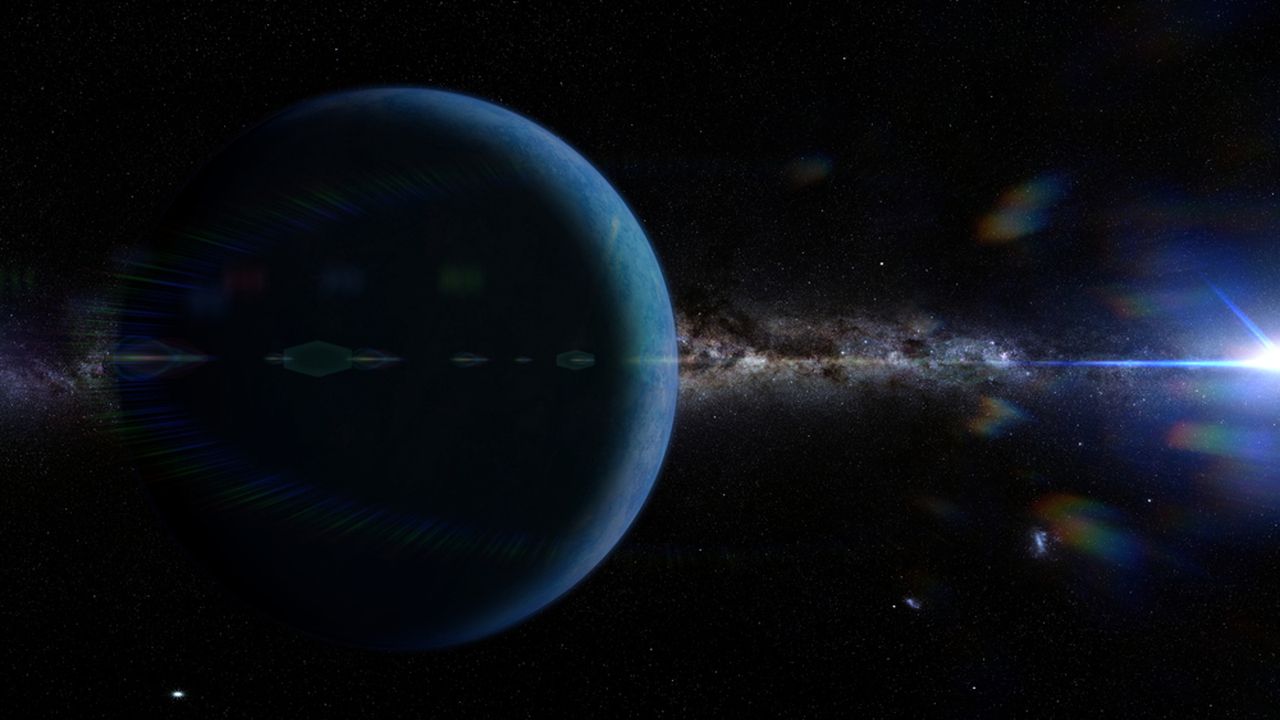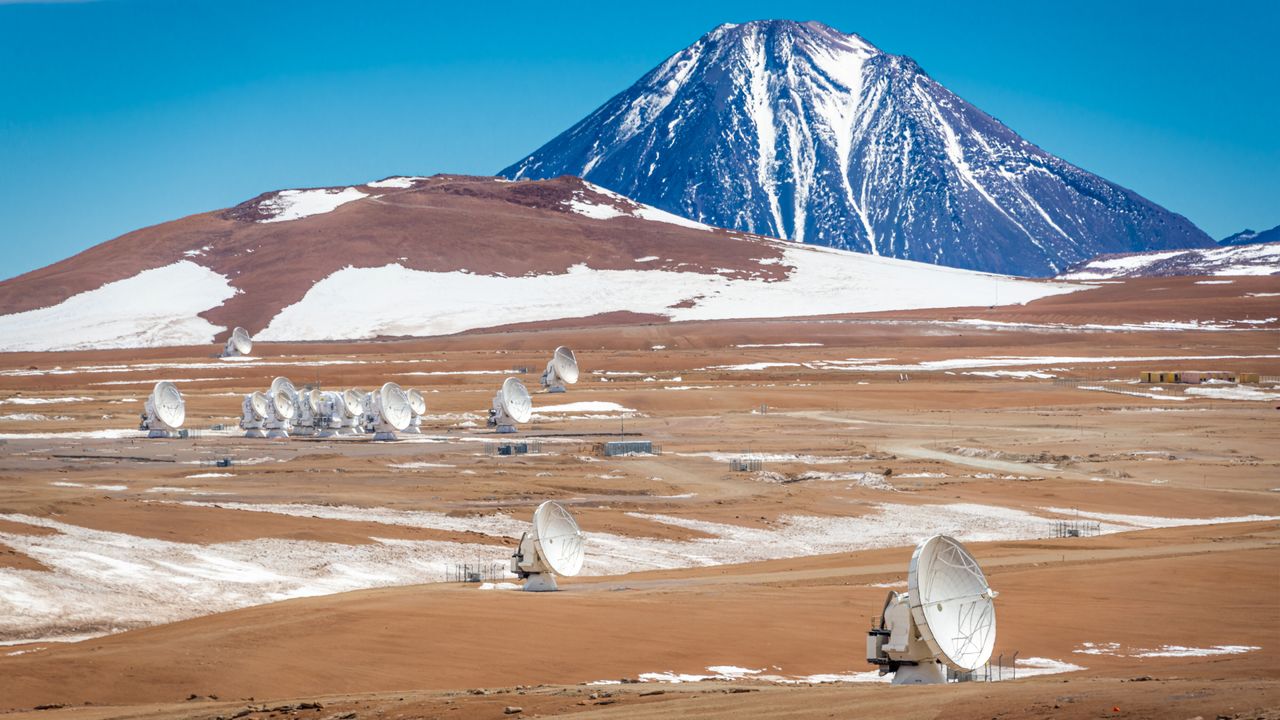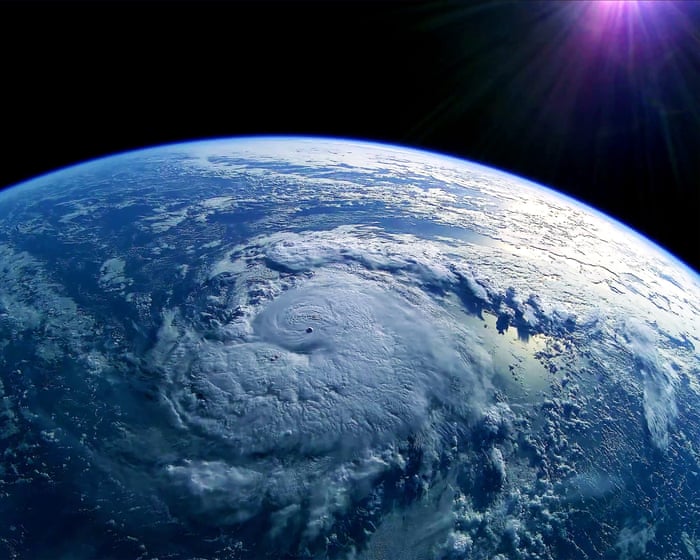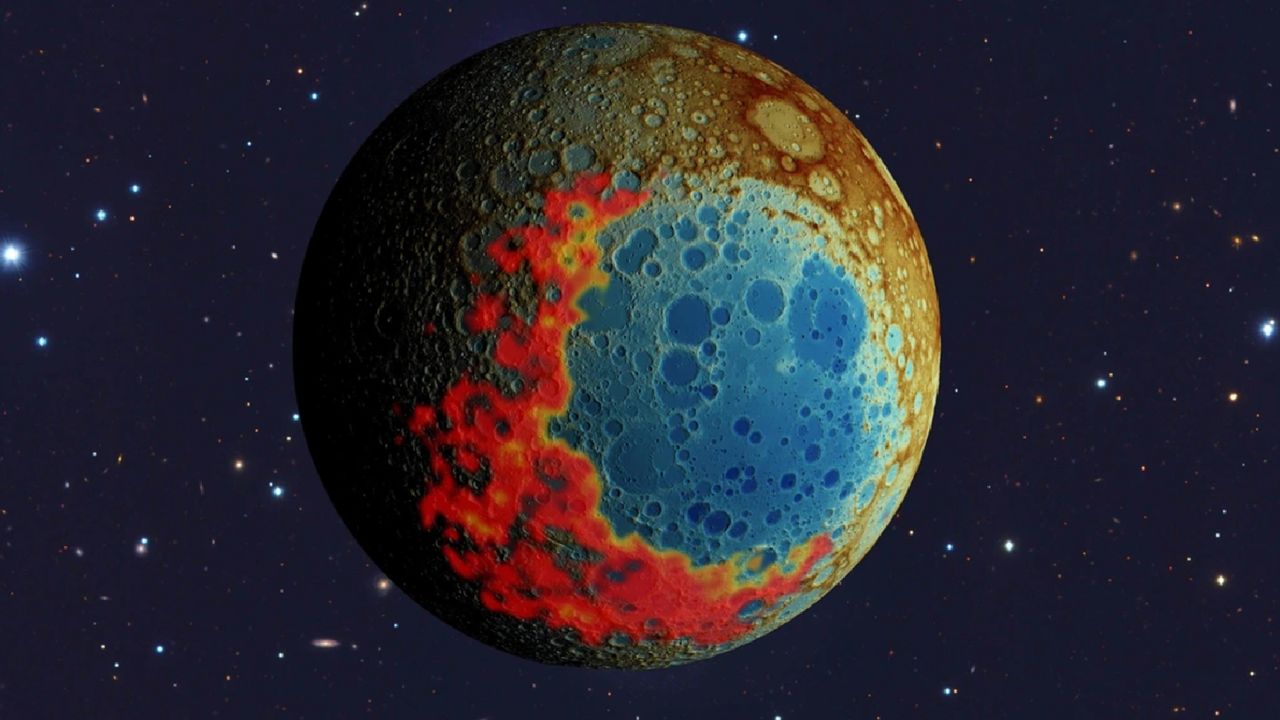Astronomers spot the most powerful and distant 'odd radio circle' ever seen
PositiveScience

Astronomers, with the assistance of citizen scientists, have made an exciting discovery by spotting the most powerful and distant 'odd radio circle' ever detected. This finding is significant as it enhances our understanding of cosmic phenomena and showcases the valuable contributions of amateur astronomers in scientific research.
— Curated by the World Pulse Now AI Editorial System







